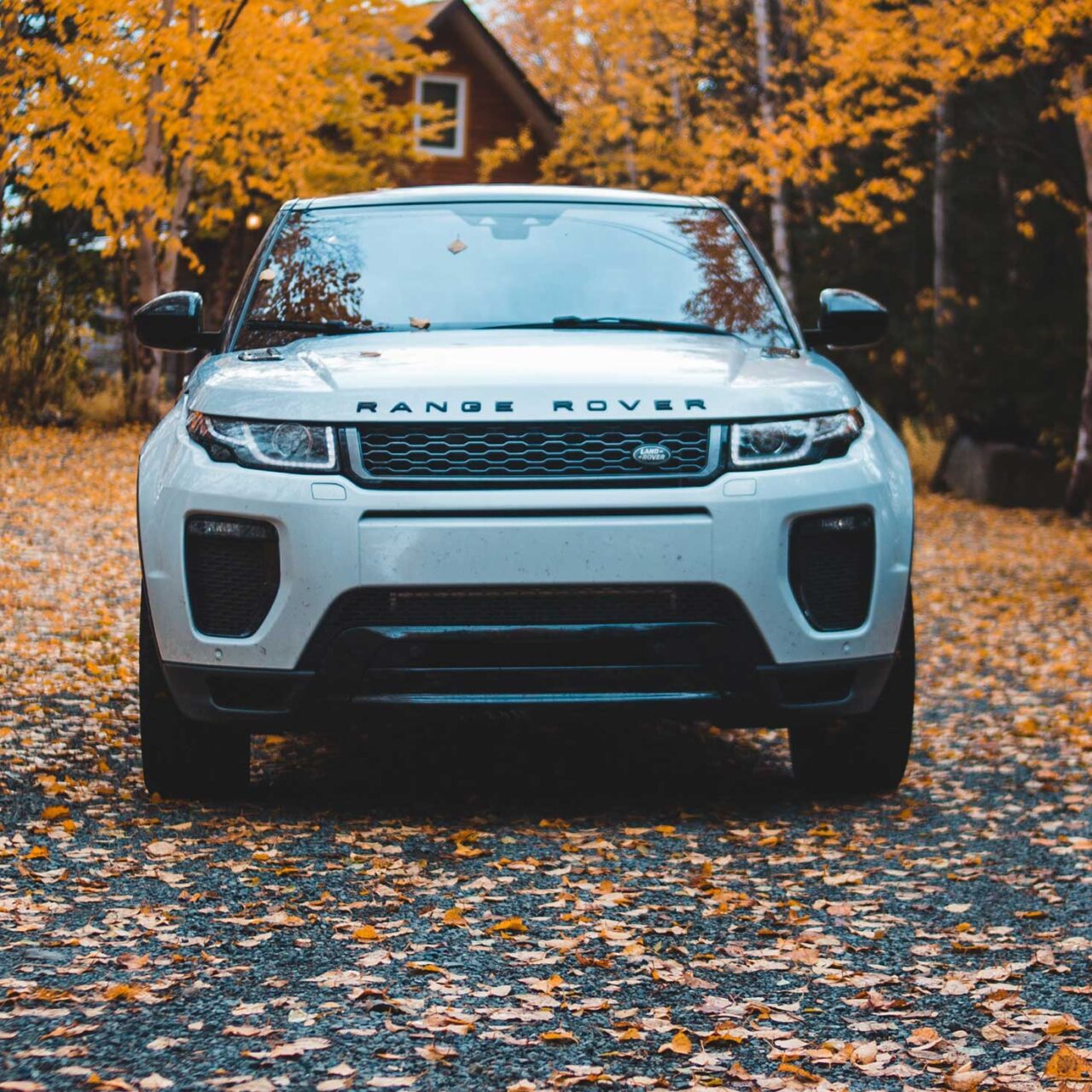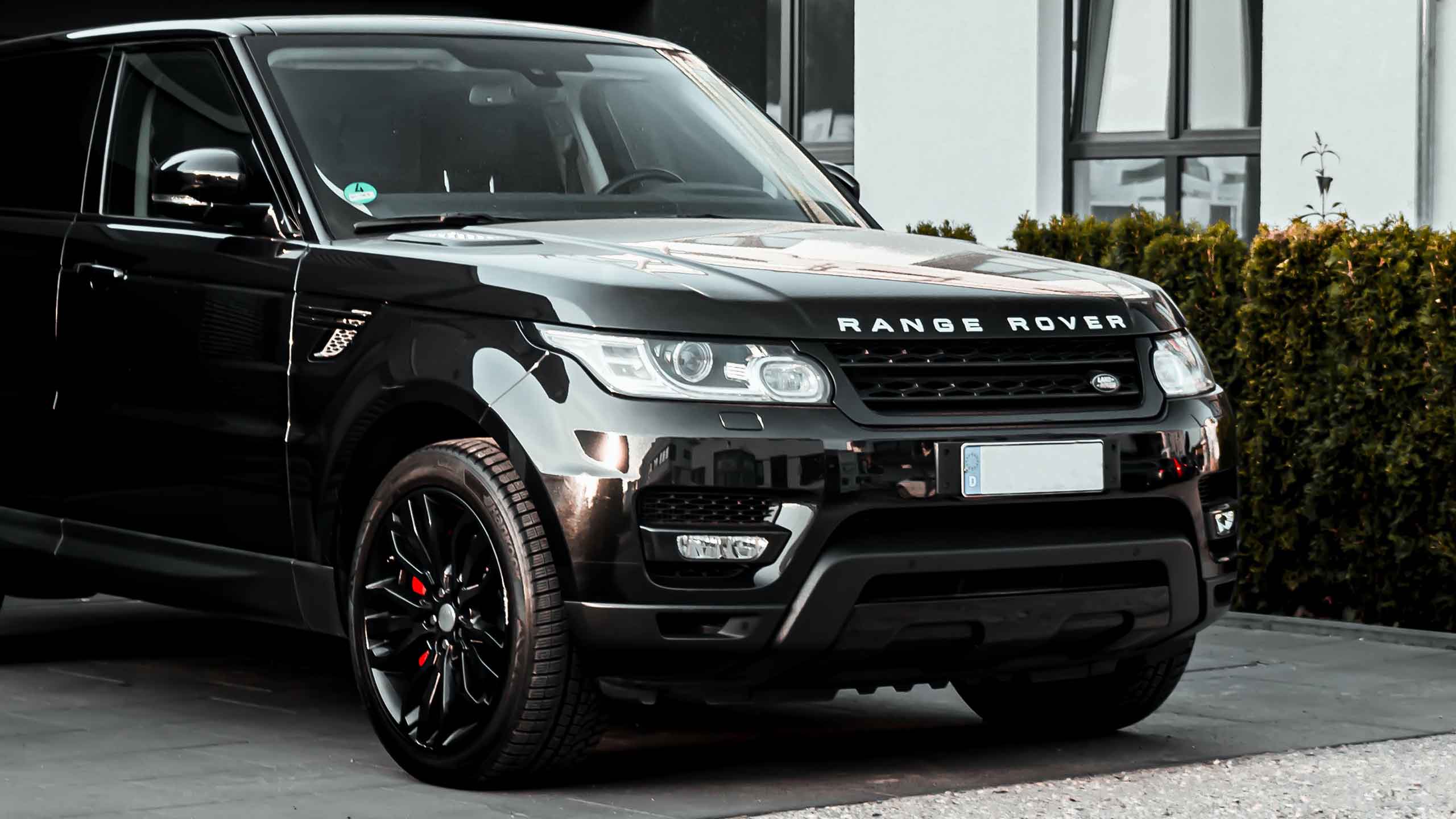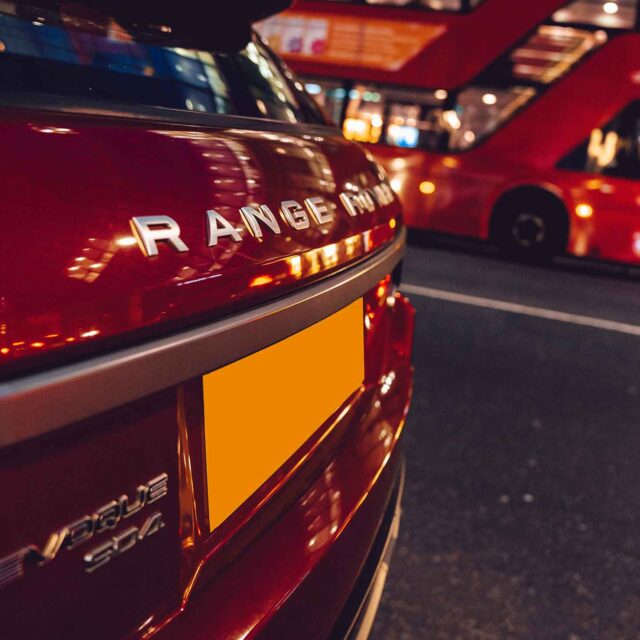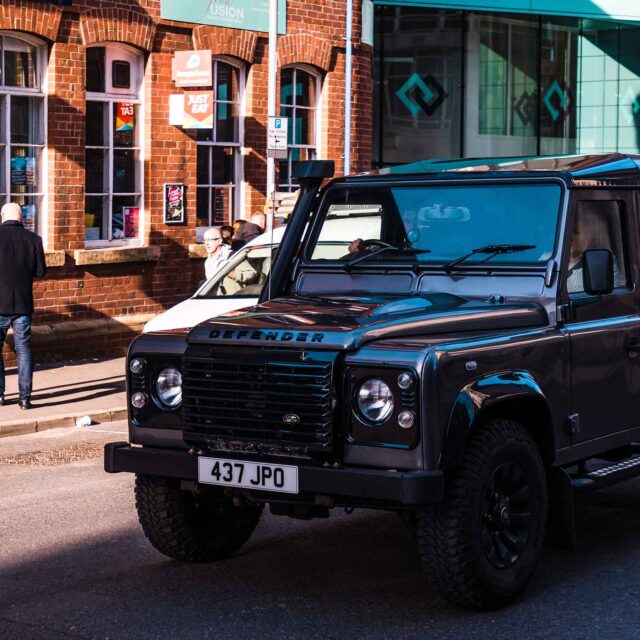The Range Rover has undergone constant development since its introduction in 1970. The most opulent SUV in the world has extraordinary levels of luxury, inherent power, and design inspiration, as well as technical innovations that distinguish it. We review the background of the range of opulent SUVs known as the Range Rover family.
The designers and engineers behind this ground-breaking new vehicle gave the top-secret prototype the name “Velar,” which is taken from the Italian word “velare,” meaning to veil or conceal, to keep it a closely guarded secret in 1969. Even a label with the same name was installed on the first 26 prototypes to hide their true identity.
After the Velar concept car underwent satisfactory testing, the first Range Rover was unveiled to the public in 1970. It received a lot of positive reviews from the critics because of its skilful integration with a beautiful design. It introduced permanent 4 Wheel Drive and had a split tailgate, clamshell bonnet, and continuous waistline as well as other features.
The 1981 Range Rover Classic was made available as a four-door car after 11 years on the market, offering the vehicle’s steadily expanding fan base more alternatives.
More opulent than its before, the second-generation car’s design cues from 1994, such the signature profile and the switch to rectangular headlights from circular ones, have endured the test of time and continue to make it instantly recognisable today.
The 2001 Range Rover, which is constantly being improved, was the first to use a monocoque single shell body. The Italian Riva speedboat served as the design influence for the hull, while the pulleys on the luxury yacht served as the idea for the metallic finishes inside the car.
The 2004 Stormer concept car would come to be noted for displaying Range Rover’s future design direction as well as its audacious approach to incorporating new technologies into the cars.
The debut of the Range Rover family’s first sports SUV in 2005 demonstrated Land Rover’s dedication to performance. One of the available engines was a 4.2-liter petrol supercharged engine that offered quick performance. Additionally, the Range Rover Sport included cross-linked air suspension, which let drivers to choose their ride height and improved comfort and 4×4 off-road and on-road. One of the many notable new elements that expressed the vehicle’s dynamic capabilities in its design was its variable height.
The LRX Concept debuted in 2008. The Land Rover design team took a bold and forward-thinking move with this cross-coupé concept car. The concept car, which was designed for drivers who rarely travel off-road, nevertheless had Land Rover’s famed prowess but also had a cabin that the media characterised as “futuristic.”
The 2011 Range Rover Evoque, which several publications named “Car of the Year,” created an impact as soon as it was introduced at the Paris Motor Show in 2010. Numerous elements from the LRX concept car, such as the modern take on the traditional Range Rover design, were incorporated into the opulent cross-coupé.
With its extended wheelbase and floating roof, the fourth generation of the Range Rover from 2012 was the first to have a lightweight all-aluminium body. The Terrain Response® technology from Land Rover was also installed in the car. The appropriate vehicle setting for the terrain is automatically chosen by this built-in driving technology.
In 2013 In addition to better fuel efficiency and lower emissions, the first Range Rover Hybrid, most crucially, did not sacrifice capabilities. To demonstrate this, the car travelled 16,000 kilometres from Solihull to Mumbai across the world’s toughest off-road course, the Himalayas.
When Daniel Craig, the James Bond star, unveiled the updated Range Rover Sport in 2013, several New York streets were briefly closed off to allow for the unveiling of the 3.0 litre V6 engine’s improved efficiency.
The Special Vehicle Operations Team’s debut vehicle, the 2015 Range Rover Sport SVR, was designed to be a high-performance SUV with maximum power. The car provides a thrilling ride as the quickest Land Rover ever. Quad tailpipes and a distinctive rear spoiler are examples of design elements that demonstrate the vehicle’s power.
The Range Rover SVAutobiography, the height of luxury and refinement, reinvented the Range Rover experience in 2015. The premium chairs in the interior and the brushed aluminium finishes are examples of attention to detail. A distinctive colour scheme on the exterior made sure that drivers would feel the pinnacle of luxury that is associated with Range Rover. Shortly after, the SVAutobiography Dynamic was released, and because to its unique design and potent V8 engine, the attitude of the car mirrored its power and agility.
In 2015, the Evoque Convertible, the first convertible Range Rover, blended the Land Rover’s famous capabilities with eye-catching features such a Z-Folding Roof, while keeping the powerful aesthetic stance created by Land Rover designers. The product is the first luxury tiny SUV in the world as well as the most powerful all-terrain 4×4 convertible SUV. The progression of the Range Rover is evident, from the top-secret Velar concept car to the first-ever Range Rover Evoque Convertible. The premium SUV continues to raise the bar for automobile style, functionality, and performance while ever sacrificing on capabilities.
In 2017, a brand-new member of the Range Rover family was unveiled. The Range Rover Velar aims to give an SUV with the same easy competence, elegance, and refinement anticipated of all our cars thanks to its captivating clean lines and forward-thinking design elements.
For the first time in 2017, plug-in hybrid electric cars (PHEVs) sported the Range Rover logo. Both vehicles provided the level of elegance and functionality that consumers had come to expect, as well as the advantage of silent electric propulsion with no exhaust emissions. The tall, 999-step staircase to Heaven’s Gate in China was scaled by the Range Rover Sport Plug-in Hybrid as the first vehicle.
With the release of the Range Rover Sport HST in 2019, Range Rover electrified once again, this time using mild hybrid technology. With its brand-new 400 HP Ingenium gasoline engine, the lineup now has a straight-six engine with balance and refinement, as well as mild hybrid electric vehicle (MHEV) power for improved performance and economy. A variety of distinctive internal and external design improvements are present in the HST model.
2020 saw the release of the highly coveted “Fifty” special edition, which will be produced in only 1970 units. It is based on the opulent Autobiography model and has a sumptuous interior and custom 22-inch wheels. Customers who purchase Land Rover Special Vehicles can even choose from one of the three colours used for the first launch: Tuscan Blue, Bahama Gold, or Davos White.






